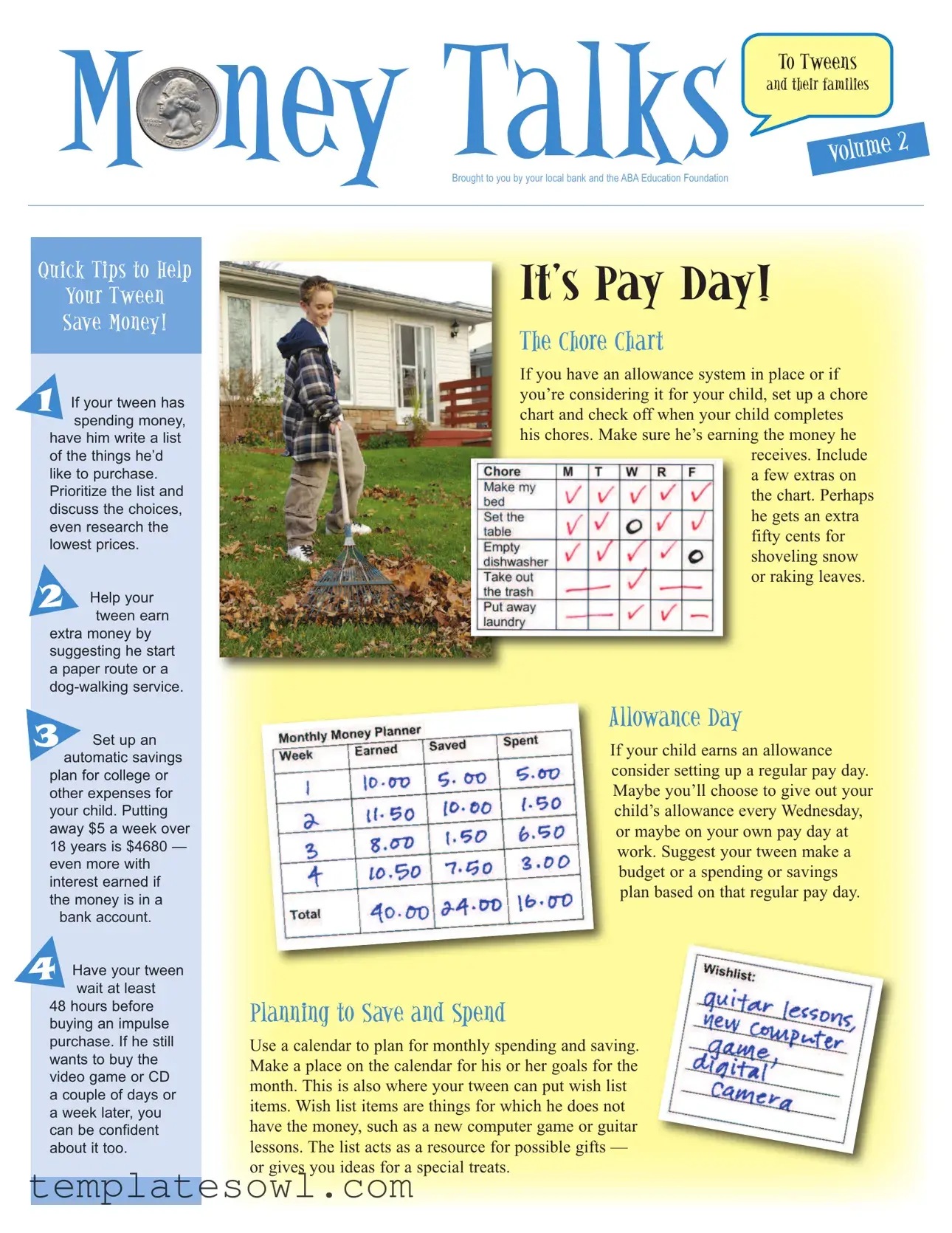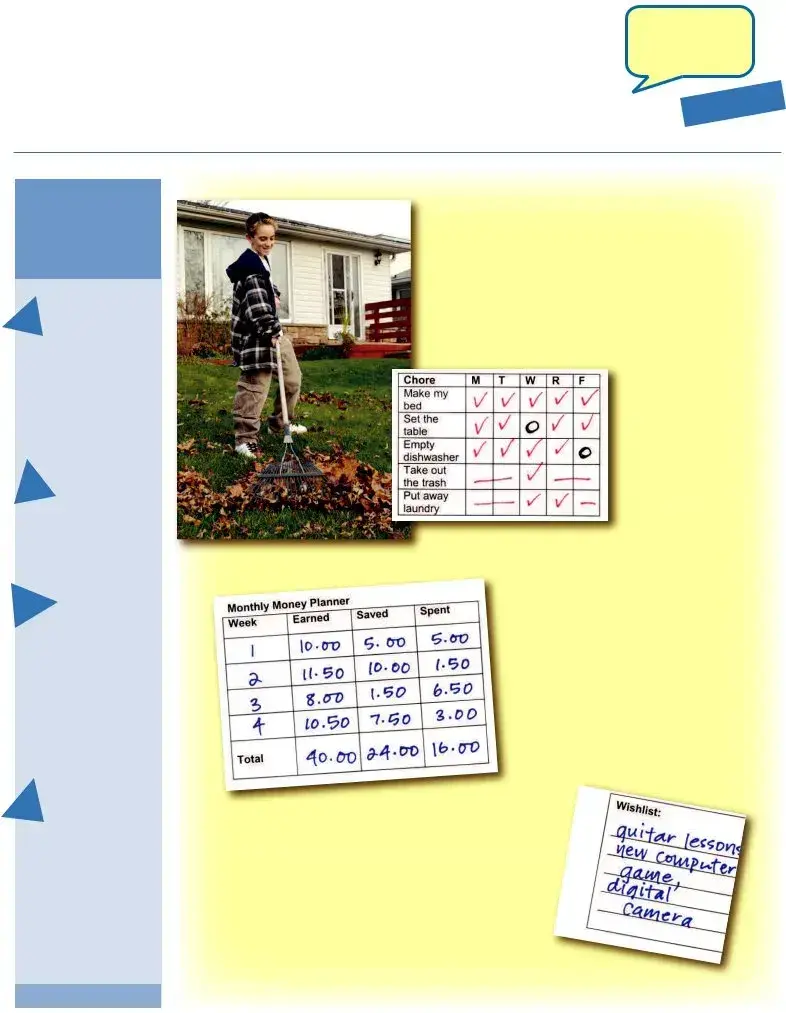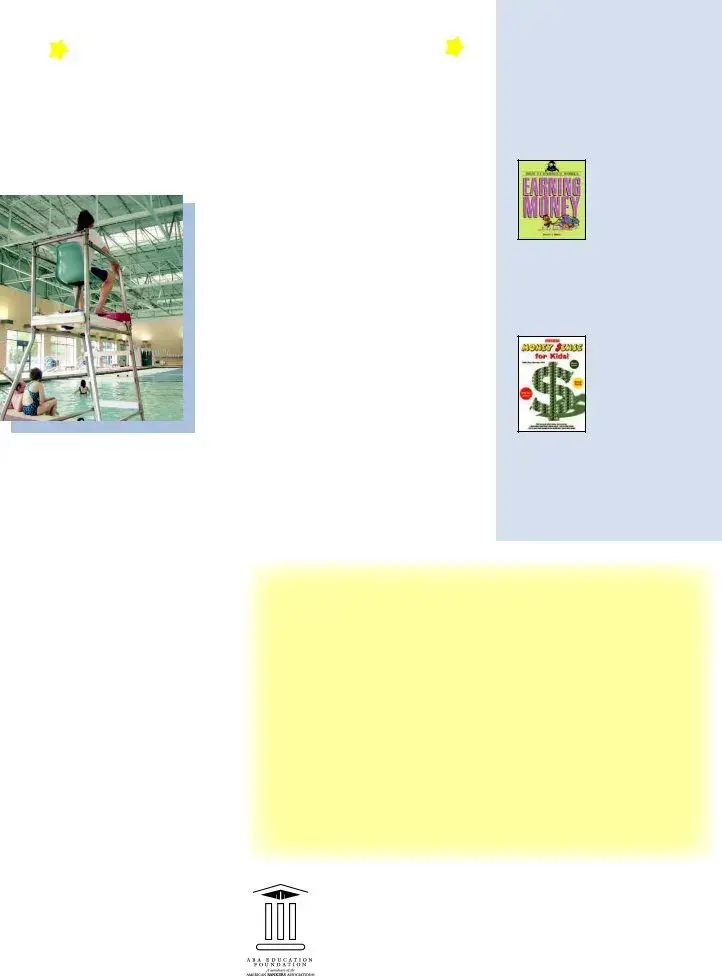What is the purpose of the Family Chore Chart?
The Family Chore Chart is designed to help organize household responsibilities and teach tweens about earning money through completing chores. By using this chart, families can create a structured allowance system that encourages children to contribute to the household while learning valuable lessons about money management.
How does the chore chart help with allowance management?
The chart allows parents to track which chores have been completed by their children, making it easier to determine if an allowance is justified. Chores can be assigned specific values, and extra tasks can provide additional earning opportunities. This system encourages consistency and accountability for both parents and children.
What are some ideas for extra tasks on the chore chart?
In addition to regular chores, families can include extra tasks such as shoveling snow, raking leaves, or washing the family car. These tasks can be valued at a set amount, providing children with the chance to earn extra money for special purchases while instilling a strong work ethic.
How can parents encourage their tweens to save money?
Parents can emphasize the importance of saving by setting up automatic savings plans or encouraging their tweens to wait before making impulse purchases. Discussing financial goals, utilizing a calendar for planning monthly spending, and collaborating on a savings plan can also help reinforce these concepts.
Who can help reinforce the lessons in money management?
Parents can enlist individuals whom tweens consider "cool," like babysitters or coaches, to discuss smart money management. These conversations can offer relatable insights and personal stories that resonate with children, making them more likely to absorb important financial lessons.
What resources are available for further learning about money management?
Families can explore books like "Earning Money: How Economics Works" by Patricia J. Murphy and "Money Sense for Kids" by Hollis Page Harman. Additionally, various websites provide engaging materials designed specifically for tweens, such as the PBS site about media literacy and budget management strategies.


 ney Talks
ney Talks 

 Enlist Someone Cool
Enlist Someone Cool 
